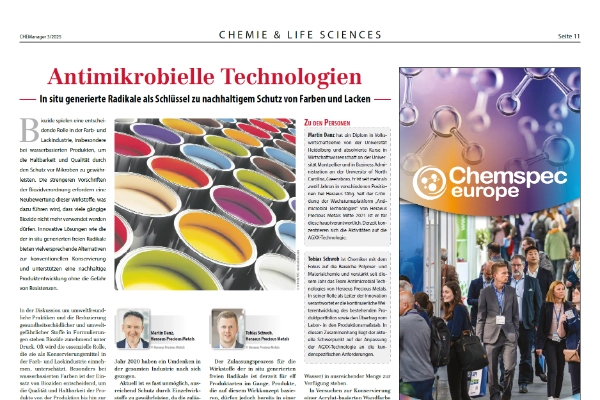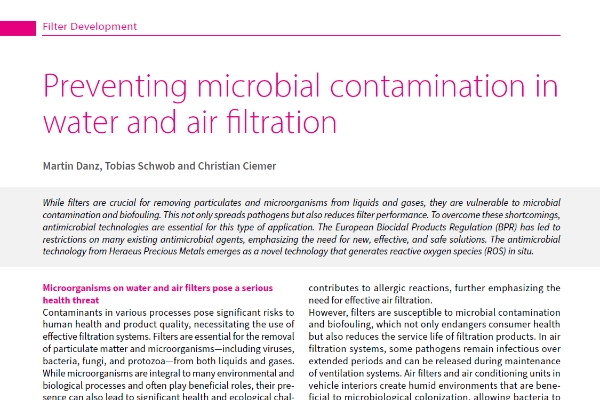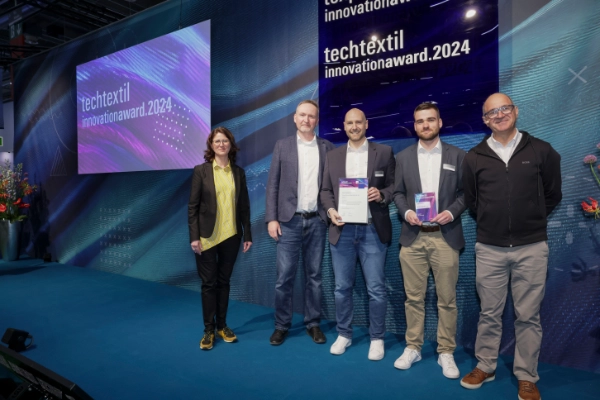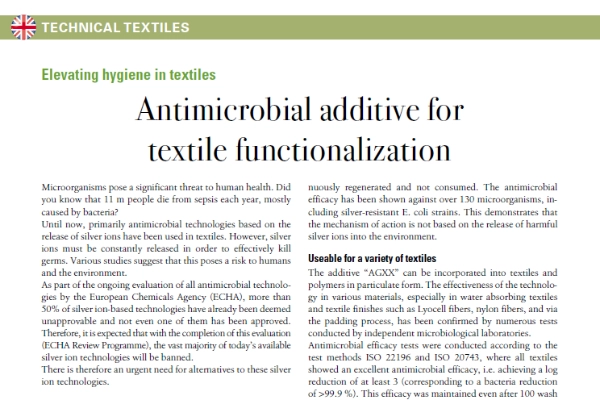Antimicrobial Technologies at a Glance
AGXX - The superior antimicrobial technology against bacteria, viruses and all other microorganisms

About Antimicrobial Technology
Microorganisms such as fungi, bacteria, algae and viruses pose a particular threat and can cause significant harm to people and the economy.The antimicrocial technology AGXX protects surfaces and textiles from germs and shows a long-lasting effect against bacteria, viruses, biofilm formation as well as resistant germs. Unlike conventional technologies, the mechanism of action of AGXX is based on a catalytic reaction and not on the release of substances such as metal ions.
What Does Antimicrobial Mean?
An antimicrobial technology attacks and kills microorganisms. The description "microorganisms" is a collective term for various microscopic living organisms and refers, among other things, to the most diverse types of bacteria, fungi, algae and, in this context, also viruses.
What Is the Difference Between an Antibacterial and Antimicrobial Technology?
While an antimicrobial technology is effective against a broad range of different microorganisms, i.e., against bacteria, viruses, fungi and algae, an antibacterial technology is only effective against bacteria. Even though the terms are often used synonymously, there is a clear distinction in the breadth of the effect.
Why Do We Need Innovative Antimicrobial Technologies?
- Microorganisms are a threat to human health.
- 11 million people die annually from sepsis, mostly triggered by bacteria, equivalent to 20% of all deaths.
- Danger especially in sensitive areas, such as nursing homes or hospitals.
- Rising antibiotic resistance.
- Microorganisms cause economic damage of about US$ 500 billion annually.
- Selection of biocides decreases enormously due to stricter regulations
- Many existing technologies affected, such as silver ion technologies.
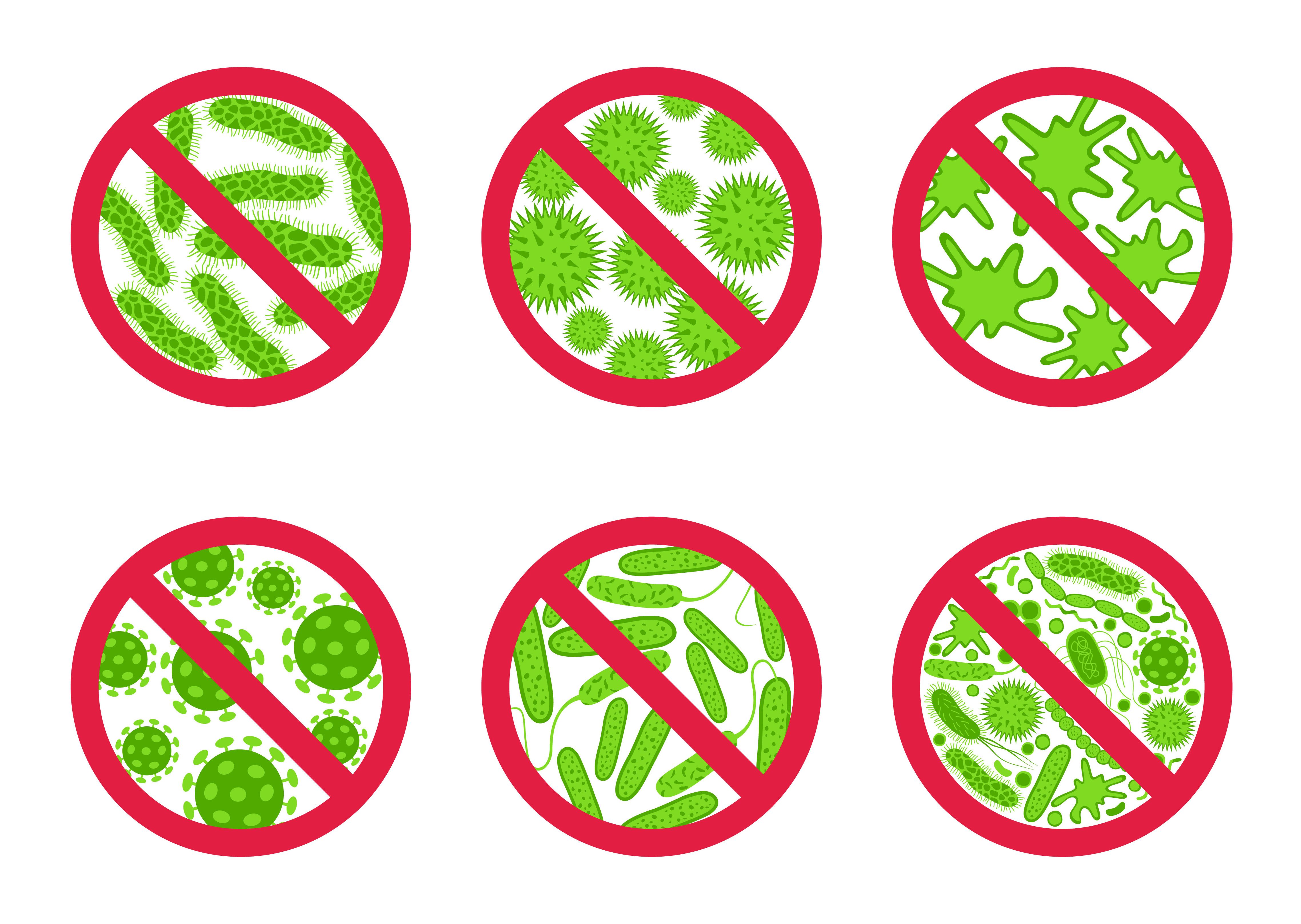
What Types of Antimicrobial Technologies Exist?
Antimicrobial technologies are used to kill or inhibit the growth of microorganisms such as bacteria, viruses, fungi, and algae. Known antimicrobial technologies are based, for example, on the release of metal ions, such as silver or copper, the release of organic substances, e.g., CMIT/MIT, or quaternary ammonium compounds. The class of in situ generated free radicals represents a new and innovative antimicrobial technology. The mentioned substances can either be incorporated as antimicrobial additives into products to be protected, as in the case of the organic or radical-based technologies, or applied directly as antimicrobial coatings, as the metal-based technologies.
Publication & News
Get in Touch With Us
Please note: Use biocides safely. Always read the label and product information before use.





